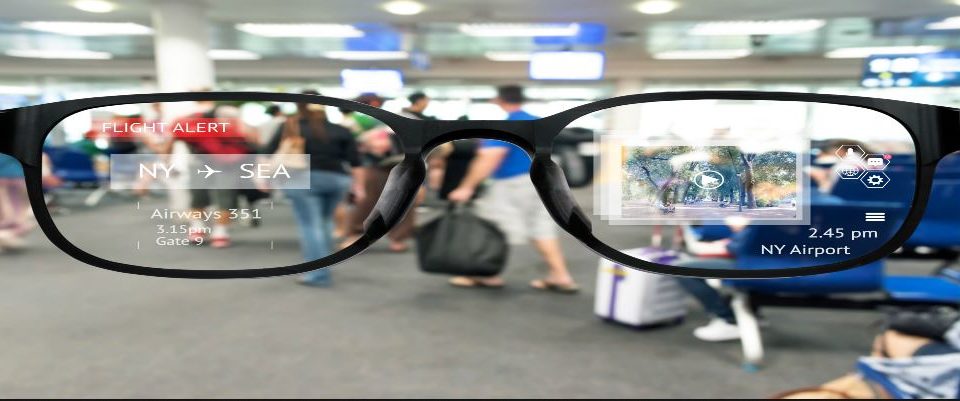Data Visualisation for Finance Teams

Beware the intellectual power of an executive with a firm grasp of the facts.
CFO’s are increasingly being challenged to not only produce and organise financial data, but also convey it through intuitive images. They need a reliable, efficient, and interconnected method of organising and presenting their financial data.
Teams are turning to data visualisation to more quickly and accurately inform the board and senior management of financial performance and business developments. They are able to tell better stories by making financial information concise and simple to understand, which, in turn, allows management to quickly get to the key factors that lead them to make better strategic decisions.
As finance teams explore ways to provide better visual representations of their data, they also should look for reporting solutions that enable them to ensure one central source of truth for information. The source should be linked into financial reports, dynamic, at-a-glance dashboards to management, and presentations—enabling readers to digest key messages rapidly.
The right reporting solution allows FP&A teams to create intuitive and compelling stories easily using graphs and charts, with the ability to drill down or show high-level trends on strategic measures. With the right methods and tools in hand, FP&A professionals can more effectively communicate with senior level audiences, without having to spend a great deal of time developing and explaining their message.
Guide to Visualising Data
The Association for Finance Professionals have created The AFP Guide to Data Visualisation: How to Tell Number Stories with Pictures, which explores how finance professionals view data visualisation as a way to solve problems and understand what’s driving performance.
Best practices for financial data visualisation include:
- Identifying patterns: Graphs are at their most powerful when helping finance professionals, and by extension, management, identify patterns and anomalies. Visualisation of large data can reveal trends and deviation that can compel management to ask important questions and take corrective action.
- Tailor the image to your audience: Data visualisation should be matched to the audience, with simpler images for boards and senior management. The idea is to quickly communicate key business drivers, pinpoint areas of action, and raise key questions. Adaptive Discovery allows the user to focus on select information by choosing data elements to show or hide. The user can also share up-to-the-minute information by displaying visualisations and charts in Presentation mode from the dashboard, or add them to documents as .PNG files for easy distribution and collaboration.
-
Constructing dashboards: Dashboards are perhaps the most common use of visual displays, particularly those used by finance professionals to communicate key financial metrics to senior management. Creating an effective dashboard is no easy task: most struggle with selecting the right charts and striking the right balance between high-level visualisation and detail.Platforms such as Adaptive Discovery allows the creation, personalisation, and sharing of powerful interactive dashboards in minutes.
To access the rest of the guide, click here.






